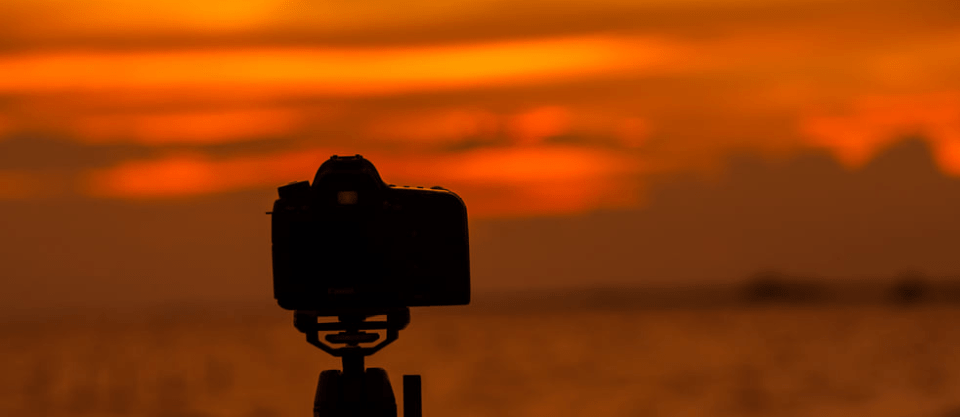
Why It Is Best To Shoot In RAW
There are numerous types of formats for a digital image. JPEG, PNG and GIFF would be the more commonly known formats; however the RAW format gives the photographer/editor more control over the properties of the image. This is due to the image file containing minimal processed data from the cameras image sensor. These files are called raw because have not been processed and are therefore not ready to be printed or edited with a bitmap graphics editor. Many cameras shoot in this format, including some lower budget point and shoot models, it’s best to avail of this format if it is available to you.
The Raw format gives you the highest quality version of your image, as it includes all of the detail recorded by the sensor with no compression. There is a lot more information in the image due to this, for instance a JPEG records 256 levels of brightness, and RAW records anything between 4,096 and 16,384. These numbers are referred to as “bits” which is why a JPEG captures in 8bit, and RAW will either be 12bit or 14bit. This additional data gives you more creative control over the image when it comes to processing it, exposure can be corrected along with colour levels and white balance as there is more data to manipulate and edit. Great white balance and colour are vital in creating a successful photograph and shooting RAW lets you make the adjustments easier and faster, with better results. This also leads to better printed and published images.
This biggest benefit to using the RAW format is it is a form of non-destructive editing. When you make edits to a RAW file in Photoshop or Lightroom you’re not actually editing the original data. The changes you are applying are creating a set of instructions for how the JPEG version will be saved when you’ve finished. If you make an error or are unhappy with the end result, you can always revert back to the original RAW file and start again.
It’s important to note that all of this additional detail in the image results in a much larger file size, typically four times larger than a JPEG. However it is a small price to pay in order to take more professional images. By shooting RAW you take control, and are able to tackle any problems that may occur when shooting and create the best results possible in post-production.
With a selection of point and shoot cameras and free editing software now being able to read and process the file type, hobbyists and amateurs can take advantage of this pro level format and get better files and prints.
Looking to sharpen your photography skills? Join our top-rated professional diploma in photography today!



